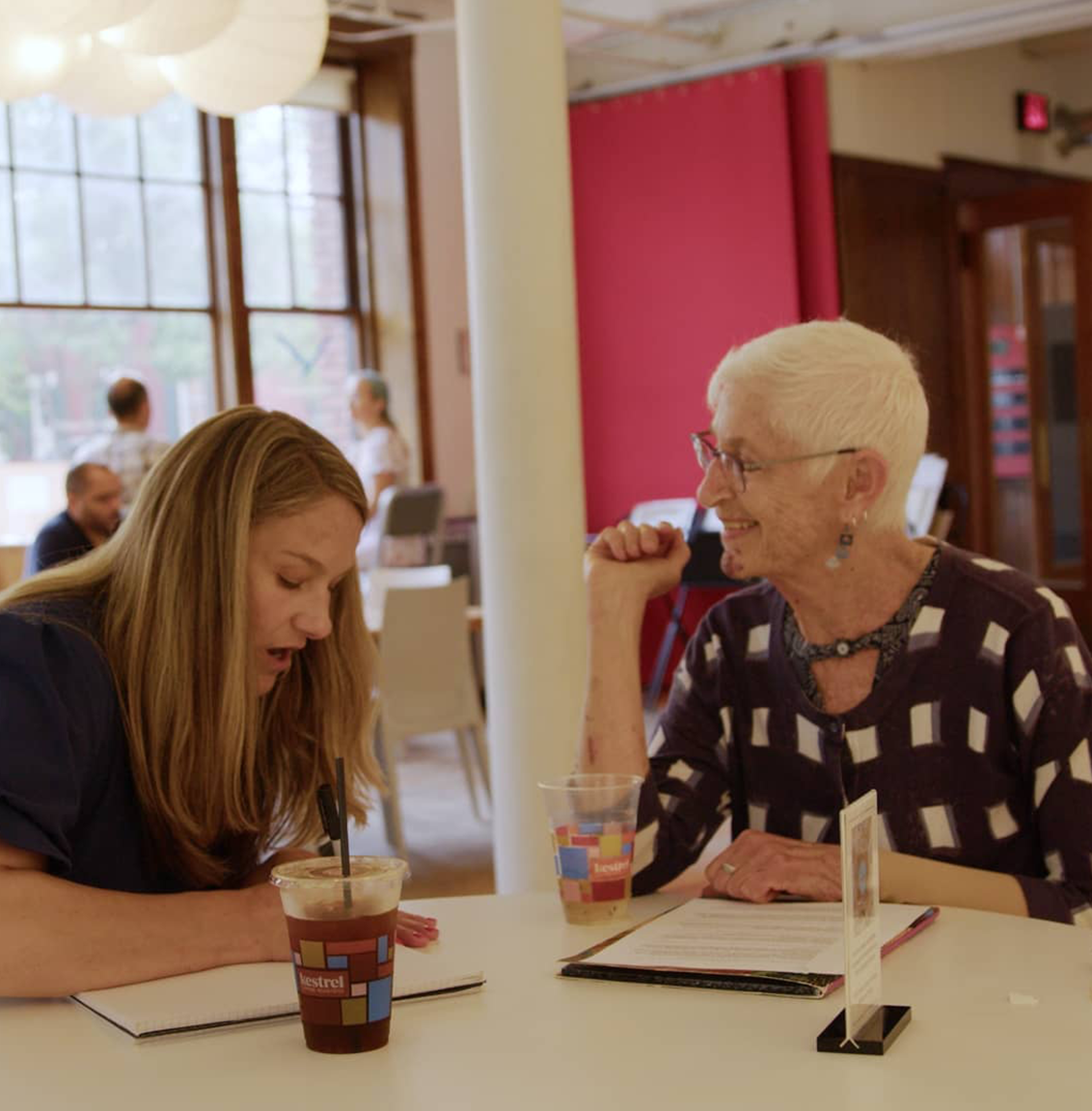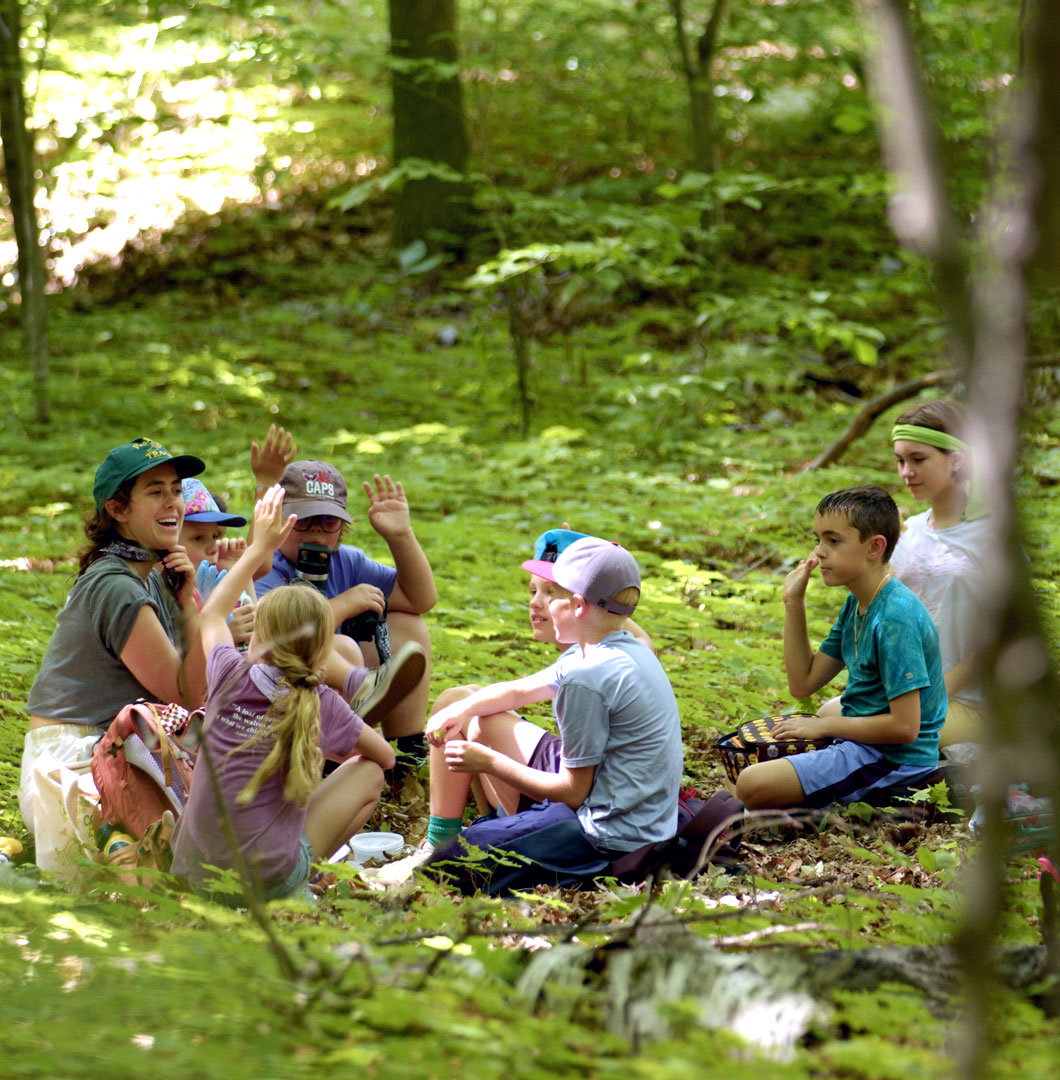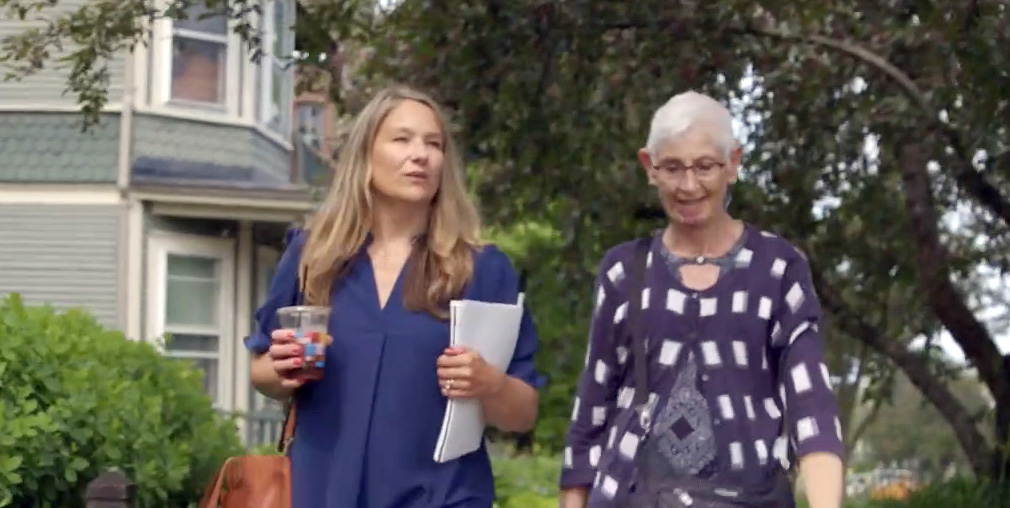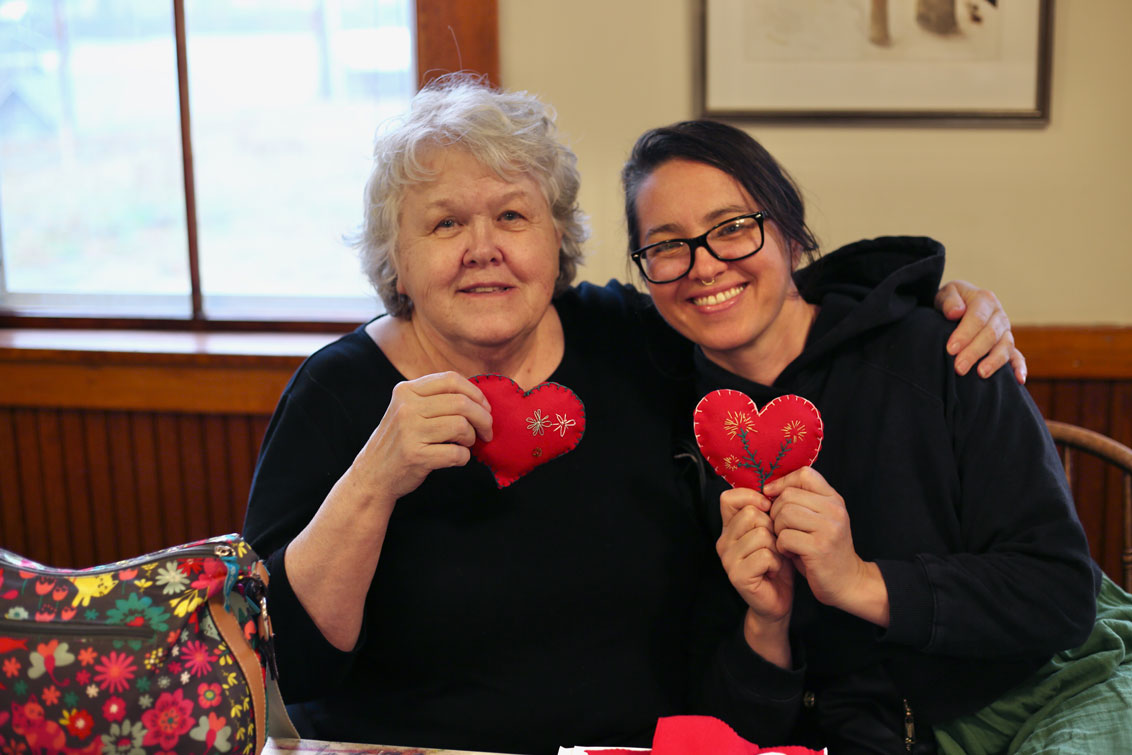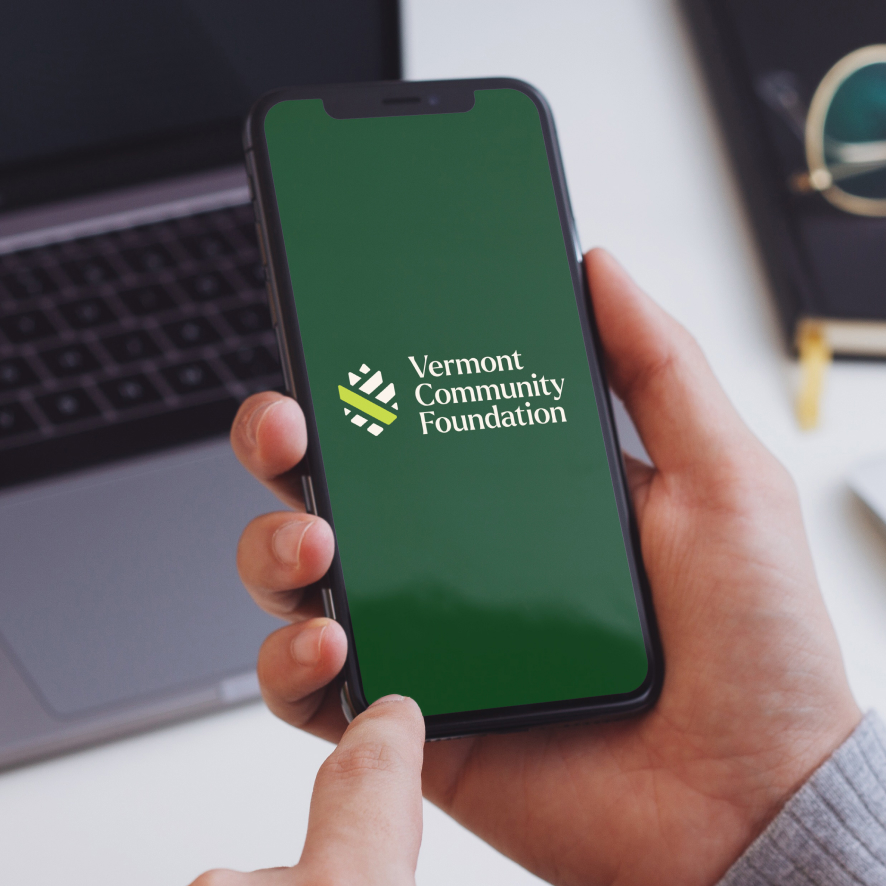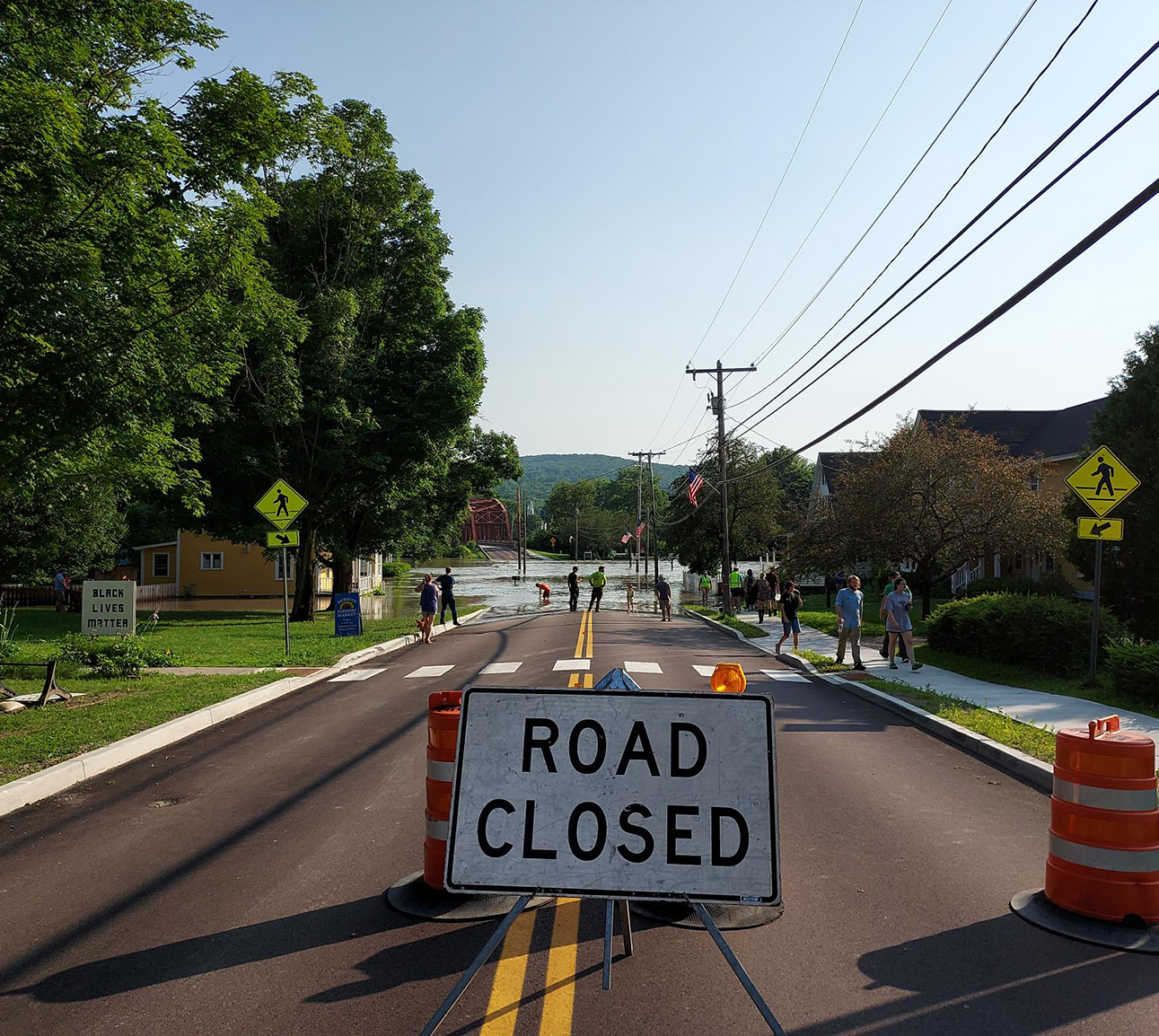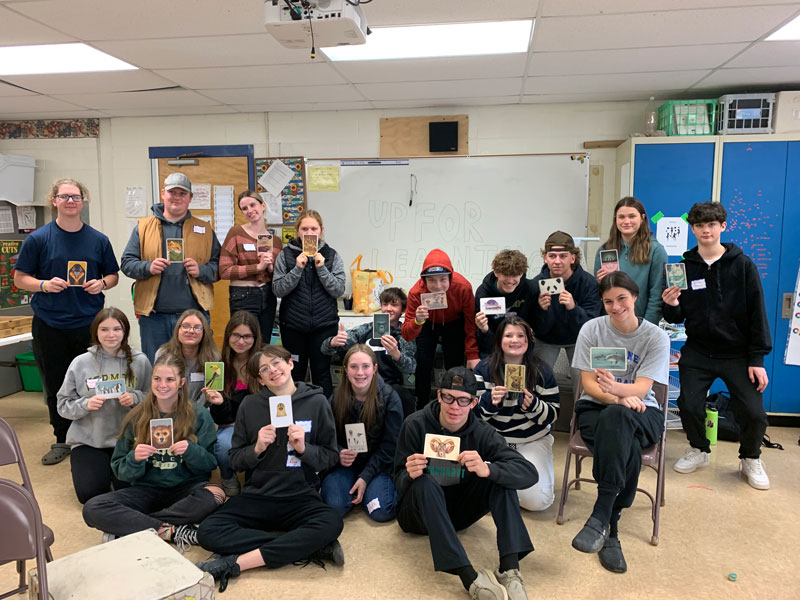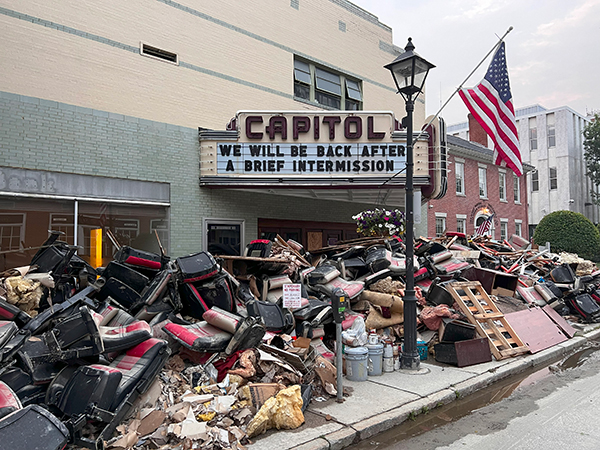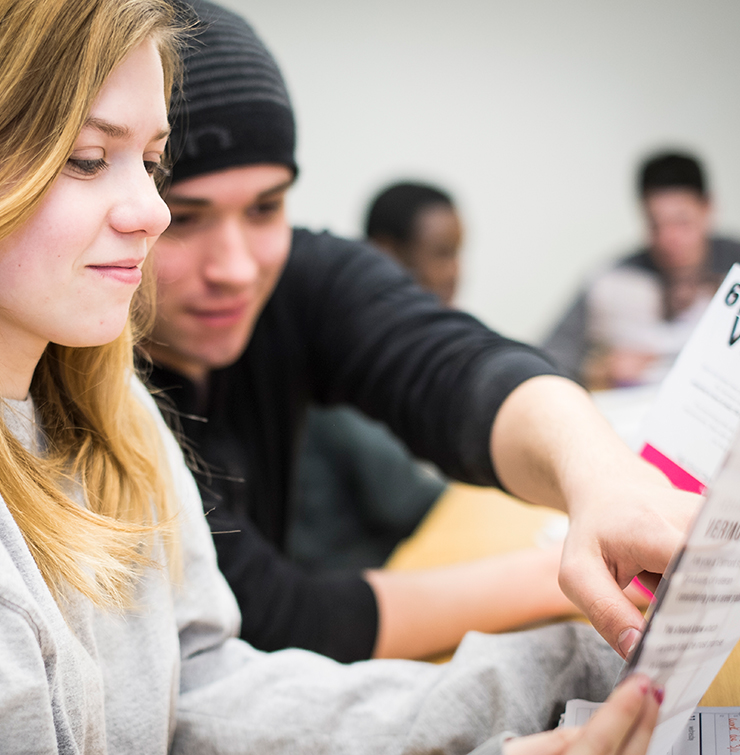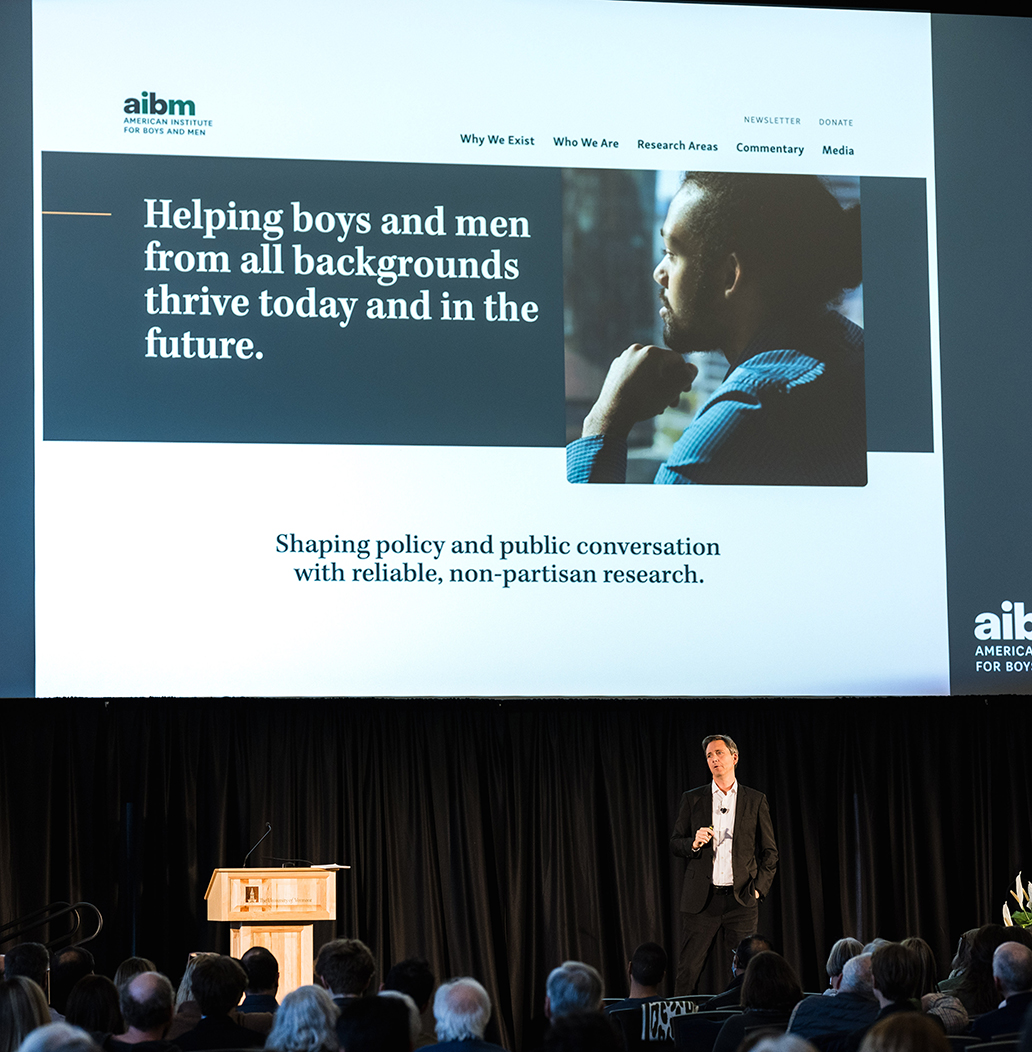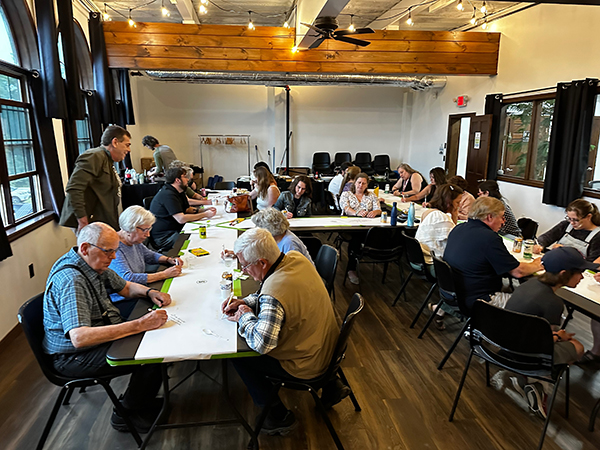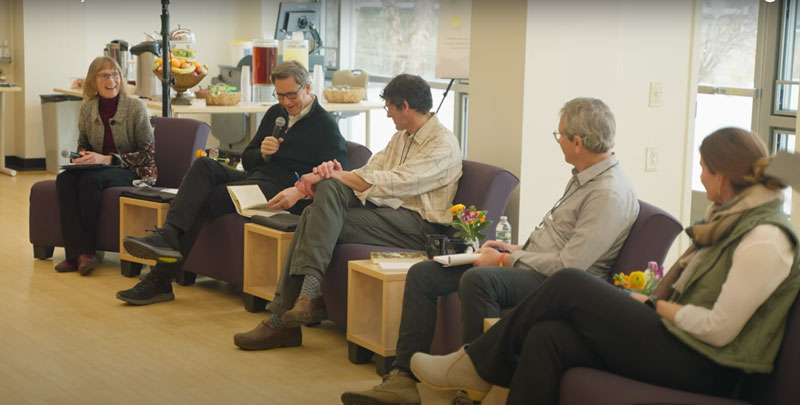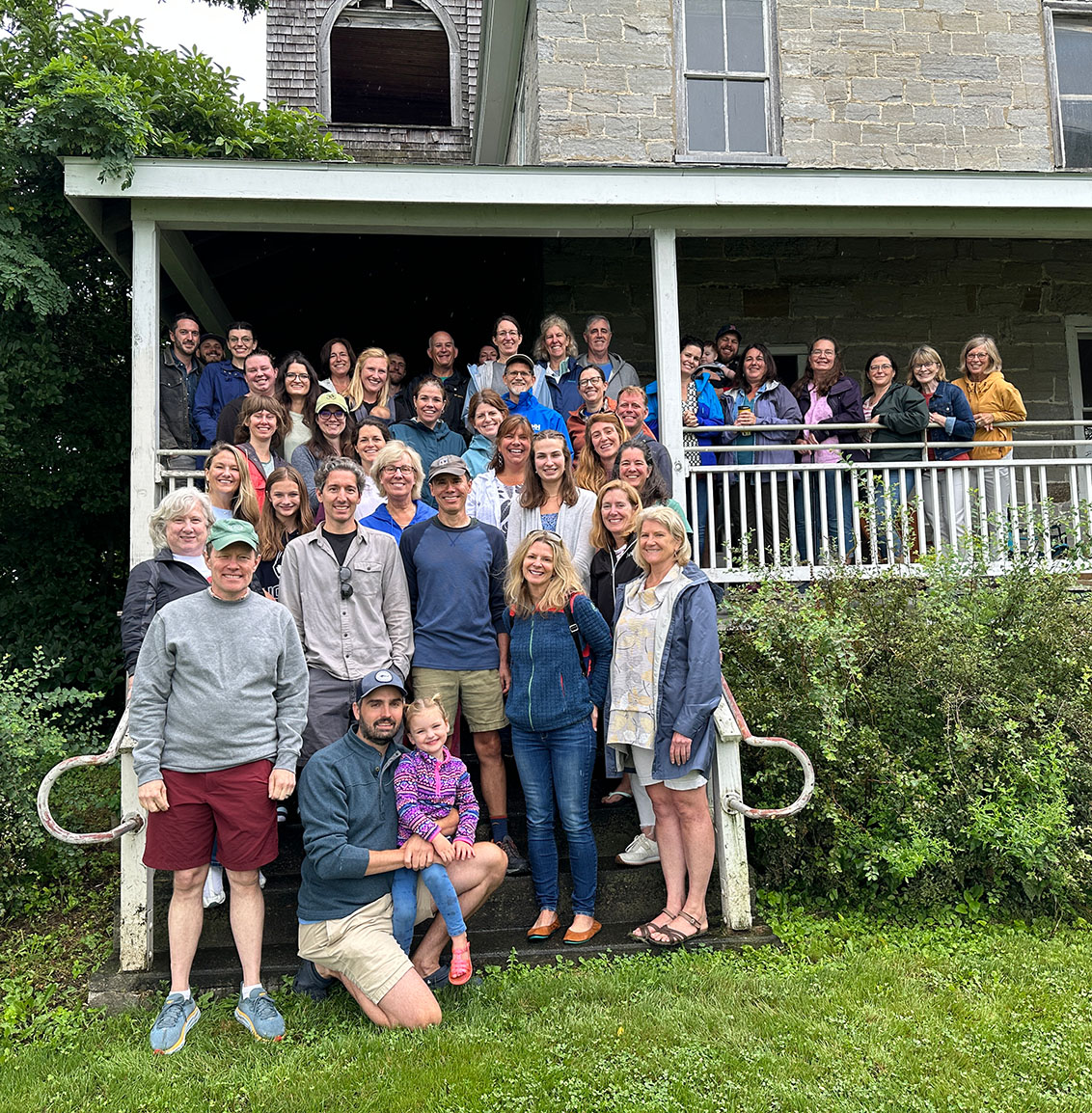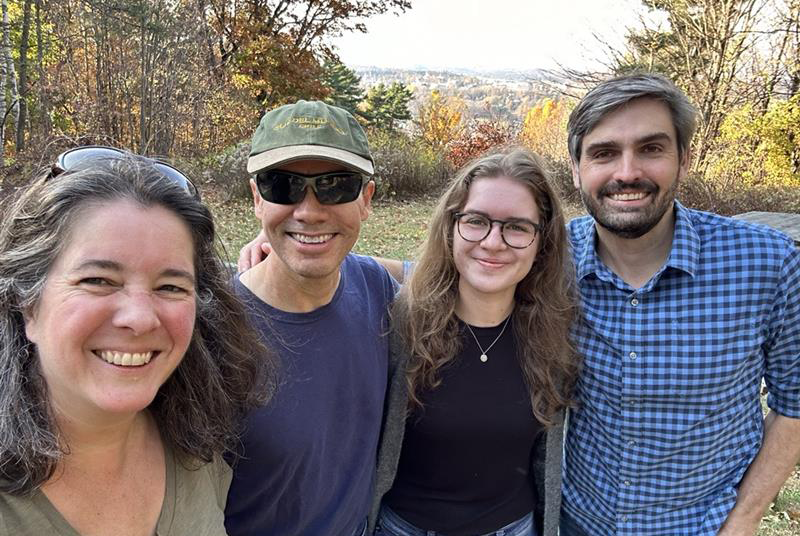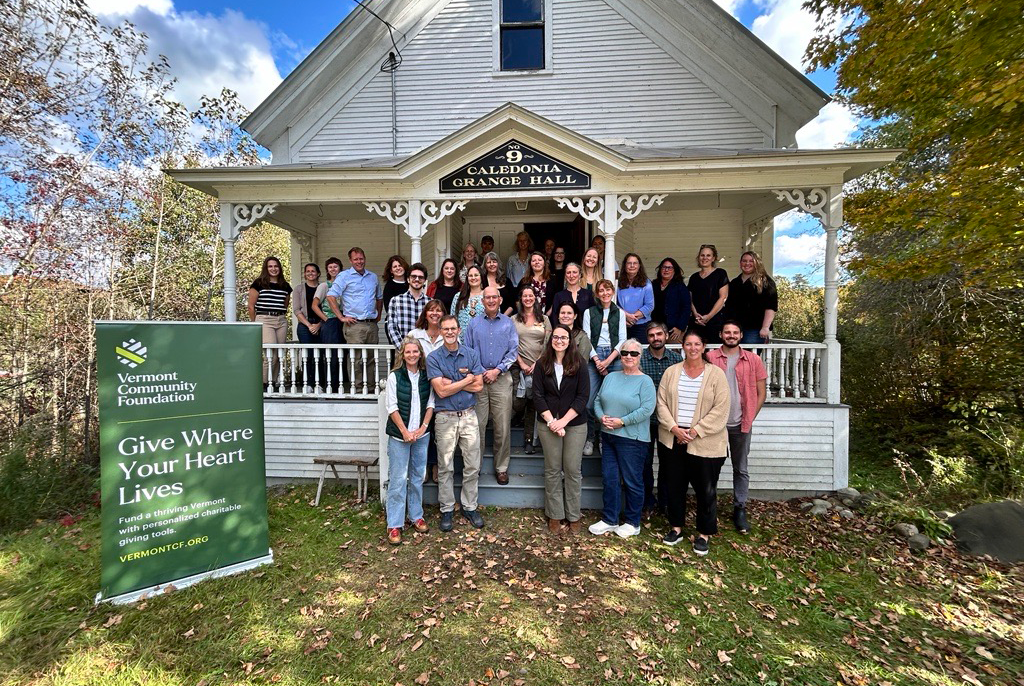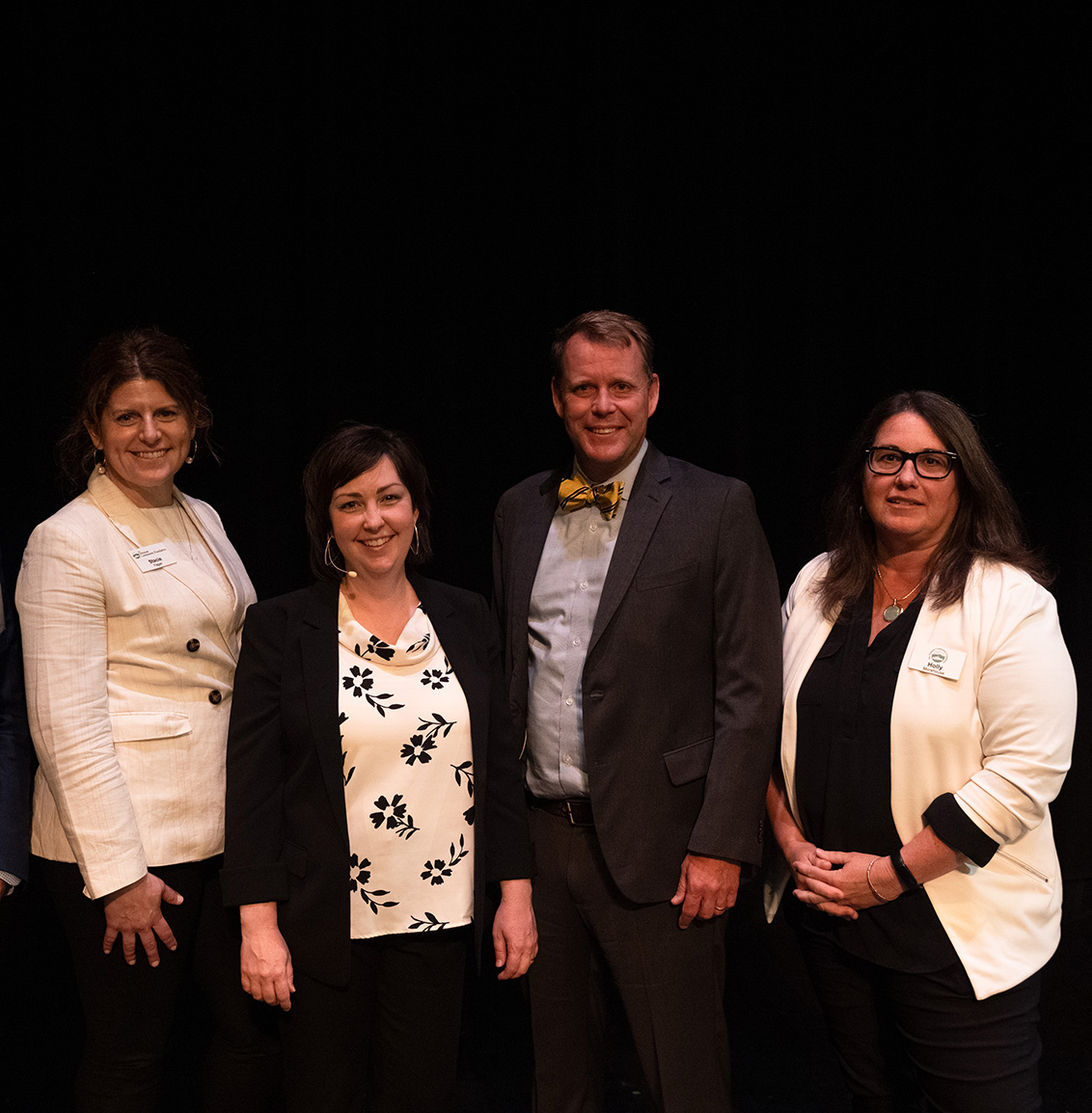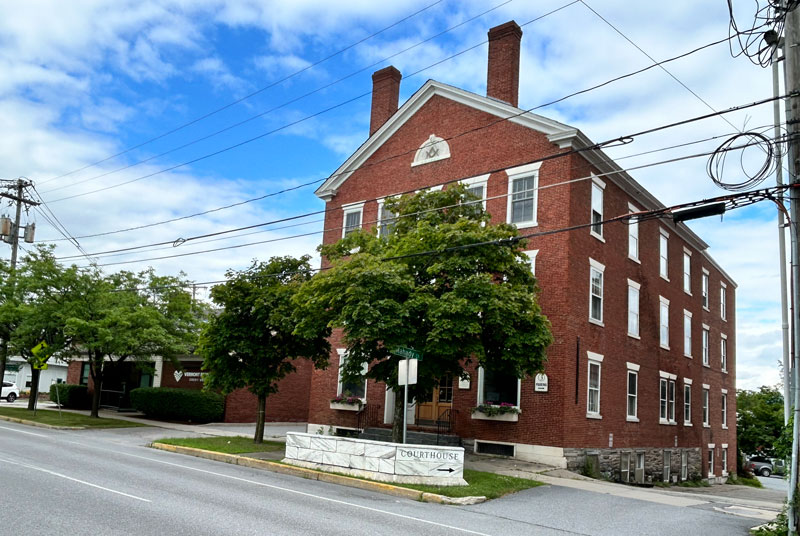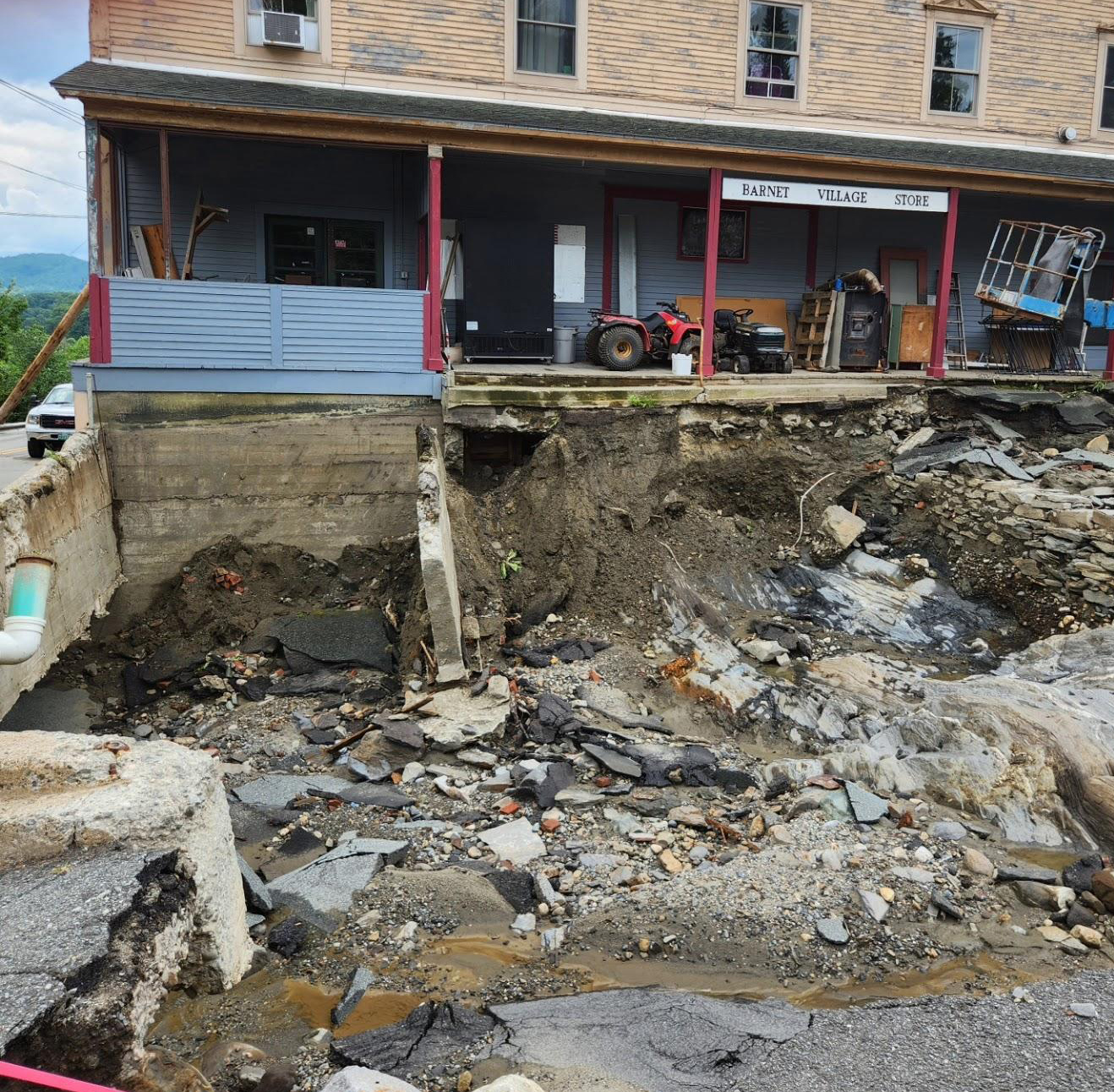According to a Federal Reserve study, only 19 percent of transactions were made with cash in 2020, down seven points from the year before. But when it comes to philanthropy, the cash-is-king mindset is still strong.
So strong that some donors are missing out on an opportunity to give non-cash assets like real estate, publicly-traded stock, and retirement accounts such as IRAs. Moreover, this type of donation can result in a bigger gift for the recipient and a better tax deduction for the donor.
In this Insight Hub brief, you’ll discover:
- A detailed description of giving non-cash assets directly to charities, including the Vermont Community Foundation
- Four real-life scenarios to ground your understanding of the concept:
- Giving with stock
- Giving with real estate
- Giving with a family business
- Giving with retirement funds
Other Ways to Give
We offer a wide range of fund types to meet philanthropic goals—for you, your family, or your business. Whatever you want to accomplish, we provide the expertise and tools that make it possible.

